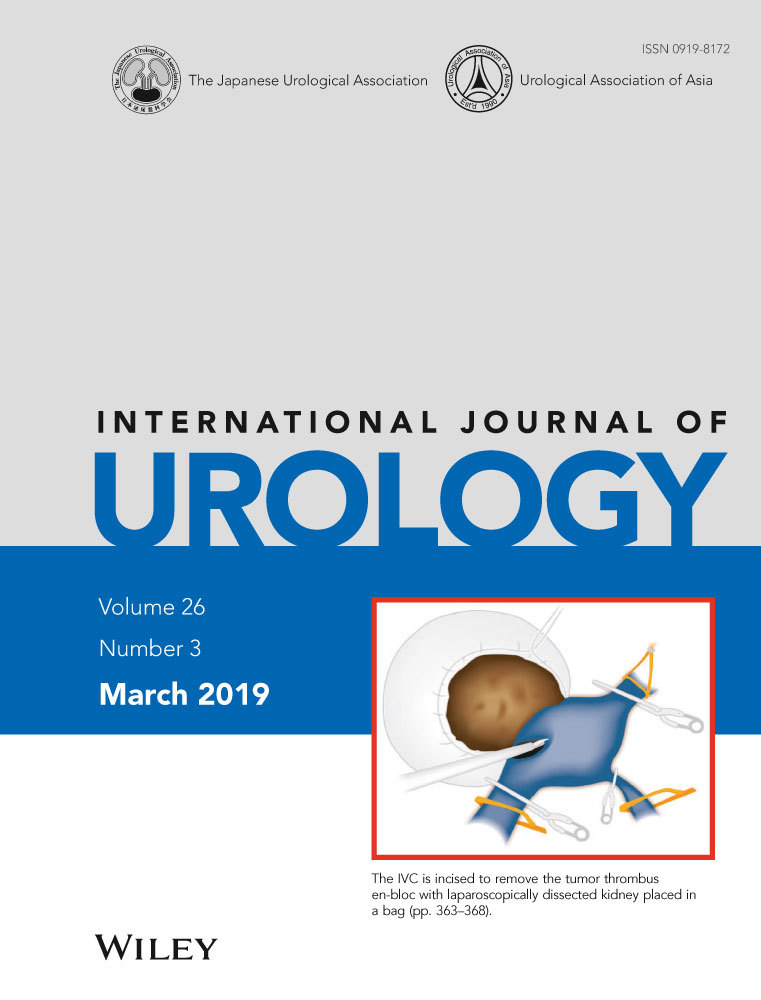Penile intraepithelial neoplasia: Nomenclature, incidence and progression to malignancy in the Netherlands
Abstract
Objective
To determine the incidence of penile intraepithelial neoplasia in the Netherlands using a nationwide histopathology registry and to discuss the nomenclature of premalignant penile lesions.
Methods
Data from patients in the Netherlands diagnosed with a premalignant penile lesion between January 1998 and December 2007 were collected from the nationwide histopathology registry (PALGA); this database covers all pathology reports of inhabitants in the Netherlands. The premalignant lesions included were erythroplasia of Queyrat; Bowen's disease; bowenoid papulosis; mild, moderate and severe dysplasia; and carcinoma in situ of the penis. The terminology used in the pathological reports was translated to penile intraepithelial neoplasia. The grading was made analogous to that of vulvar premalignant lesions.
Results
The PALGA database enrolled 380 patients with premalignant penile lesions. Severe premalignant lesions, penile intraepithelial neoplasia III, were found in 254 patients (67%), penile intraepithelial neoplasia II in 84 (22%) and penile intraepithelial neoplasia I in 42 patients (11%). Most lesions were located on the prepuce (45%), followed by glans (38%) and shaft (3%). The median age of patients with penile intraepithelial neoplasia was 58 years. Progression to malignant disease occurred (2% for penile intraepithelial neoplasia I vs 7% for penile intraepithelial neoplasia III) in 26 patients.
Conclusions
Penile intraepithelial neoplasia is a rarely diagnosed condition. Because of the wide variation of terms used for premalignant intraepithelial neoplasia of the penis, we recommend restricting this nomenclature to penile intraepithelial neoplasia.
Conflict of interest
None declared.




